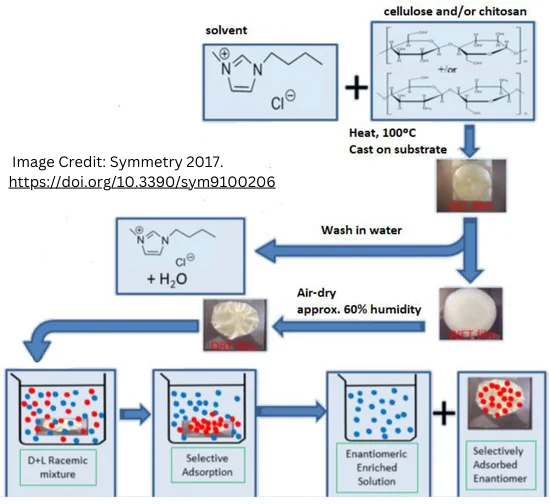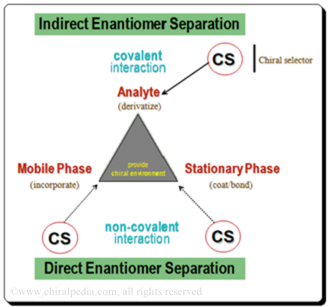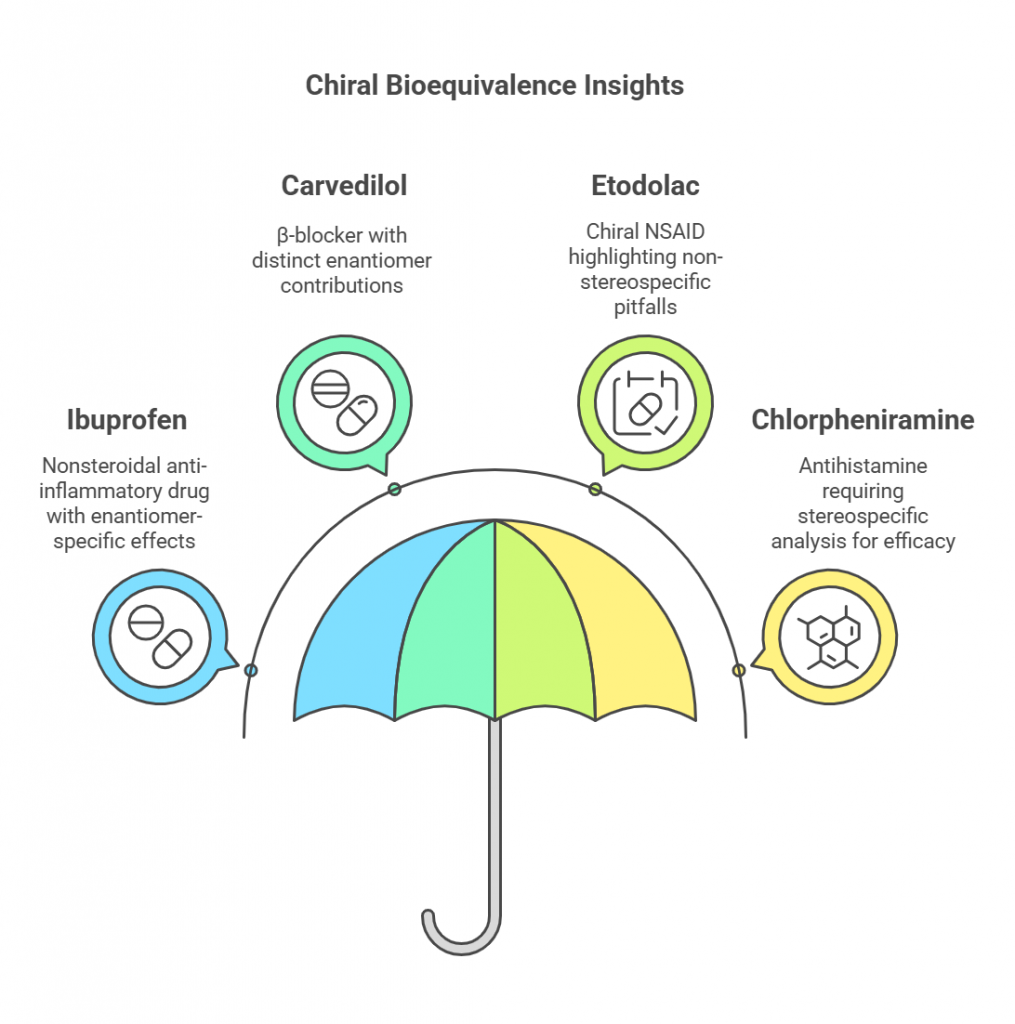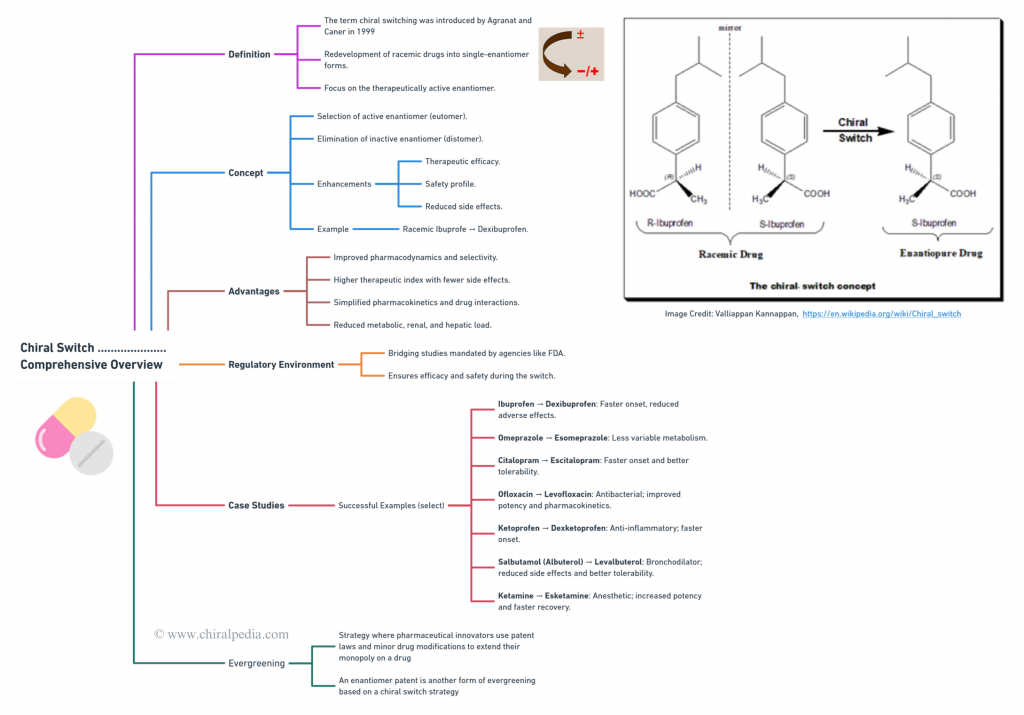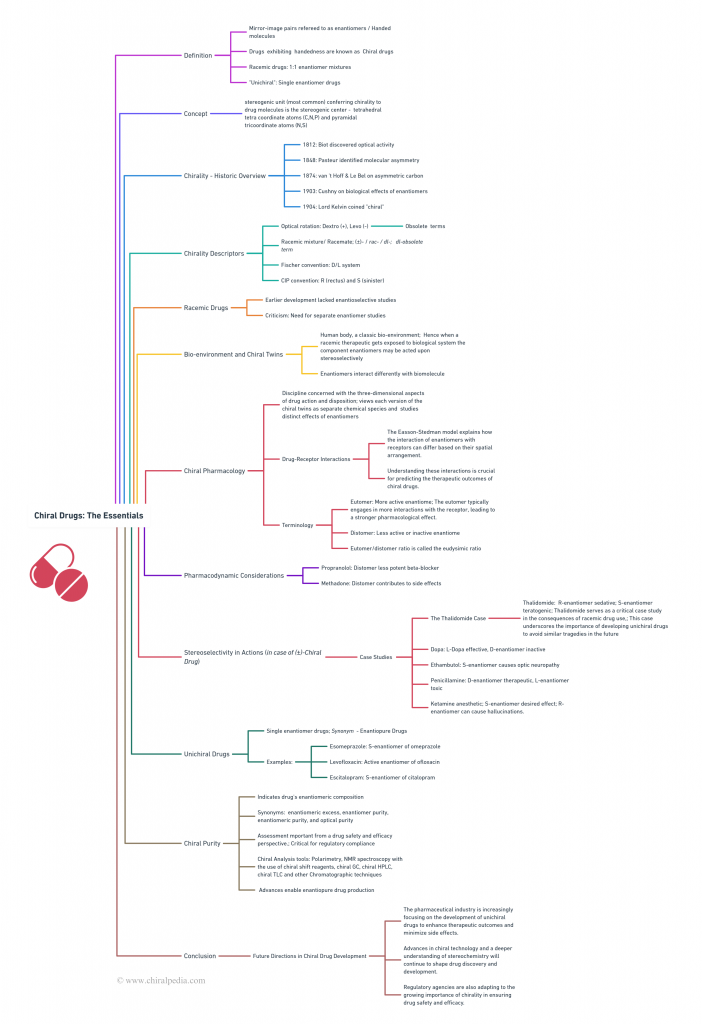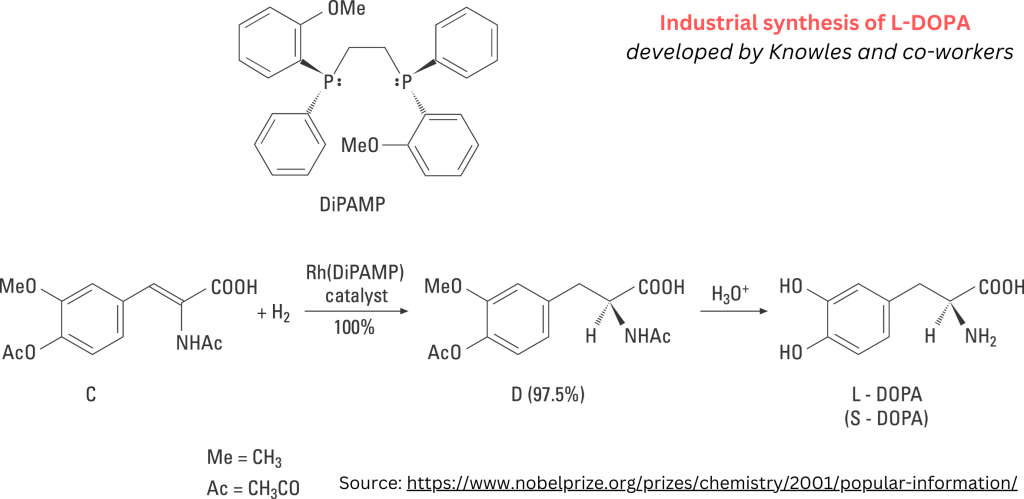Innovations in Membrane and Kinetic Resolution for Chiral Separation
Lead Chiral resolution techniques have long been a cornerstone in pharmaceutical and chemical industries, where separating enantiomers is crucial for producing safe and effective products. Among the most promising methods are membrane-based and kinetic resolution techniques, both of which have seen significant advancements in recent years. These methods are becoming increasingly relevant as industries seek more efficient, sustainable, and cost-effective approaches to chiral separation. 1. Overview of Membrane and Kinetic Techniques Membrane and kinetic resolution …
Innovations in Membrane and Kinetic Resolution for Chiral Separation Read More »
